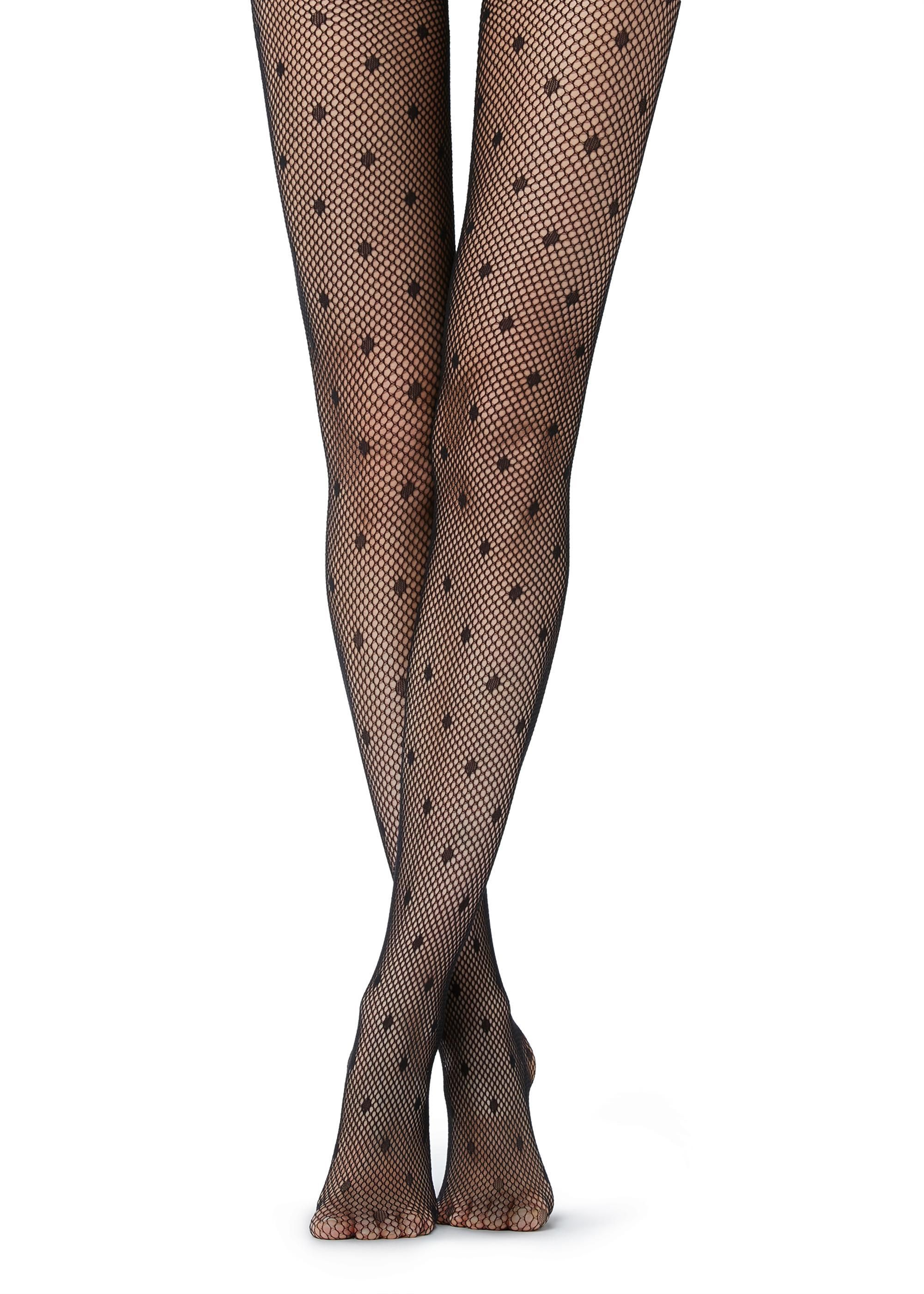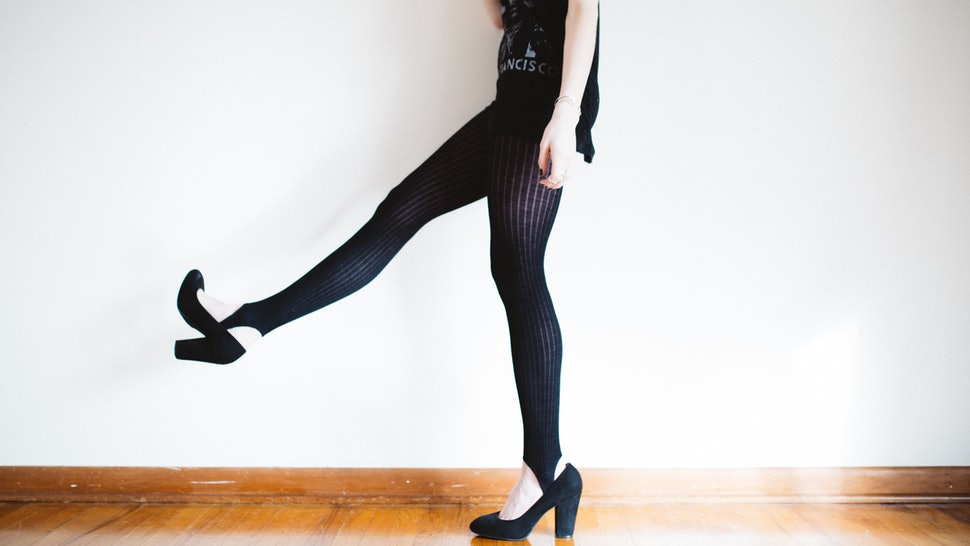Mackenzie Patel
Scandalously ripped black cloth. Revealing to the point that sexuality is suggested, but not explicitly screamed in one’s face. Beautifully holed, artfully disfigured. Of course, my fashionable world travelers, I am talking about fishnet stockings, those daring and punk leg candy that have had boys reeling since the late 1800s. I am a big fan of fishnets, and I love to wear them when the weather coughs a whiff of chilliness. Canning Recipes. There is something so suave, so bold, and so underrated about them that I feel like a million bucks when I thread my legs through the gap-toothed fabric in the morning. I usually tuck them into black flats, combat boots, or regular riding boots—they are extremely versatile, despite their stigma of prostitution and “looseness.” I researched the origin of fishnet stockings, and I realized that my racy leg ornaments have a much richer history than I’ll ever have. They originated in Paris among the dancing, acting, and “prostituting” crowd that slunk around the City of Love at night. In particular, the free-loving girls at the Moulin Rouge made fishnets known to Europe and the world at large.The Moulin Rouge was a café popular with artists, intellectuals, and the “in” groups in Paris at the turn of the century. The painting below, “At the Moulin Rouge” by the interesting Henri de Toulouse Lautrec, almost makes a mockery of the pretentious club.

All the characters seem fake and eerily illuminated, as if their talk, laughter, and lives are modern farces. I am mostly enamored with the ladies in the back right, especially the one adjusting her hair. We can’t make out their hidden faces clearly, but even their exaggerated figures suggest ironic caricatures. Back to the history of fishnets! The notorious apparel came to the United States in 1908, when women’s dress was becoming more liberating and shocking (watch out, skirts just below the knee were causing a scandal). Throughout the 1920s, flapper girls wore fishnets with their swaying dresses because they showed some of the leg, but still left much to be desired underneath. Even today, I get many raised eyebrows when I wear my stockings to a rather conservative, Republican school. It’s like the only way girls at my school know how to express their sexuality is to wear low cut Hollister tops and flirt degradingly with boys until their lips and mismatched foundation melt off their faces like camembert cheese. In the 1970s, fishnets took a different tone, and they became popular with the punk rock/metal crowd that loved Led Zeppelin and the Rolling Stones. Although they were still associated with lowdown crack addicts, fishnets were becoming more acceptable and visible in American society. Black (the color I have) nets were the most popular, but with the advent of the wild ‘80s, bright (and garish) colors such as red, green, and pink were manufactured as well. Miniskirts and denim jackets anyone? Fishnets finally became more mainstream in the late 1980s-90s; today, every popular store (i.e. Target, Walmart, Forever 21) seems to sell them. If styled correctly, these amazing accessories can turn an outfit from bland and cookie-cutter to edgy, stylish, and modestly naughty. Different variations on the traditional fishnet (i.e. wider triangles, jewels on the seams, heavier materials) are trendy today. Personally, I would style these with dressy shorts, miniskirts, and even shorter dresses with the right pattern. And yes, contrary to over 150 years ofhistory, fishnets ARE classy, unique, and acceptably sensual—embrace your inner Parisian fashionista.
History Source:

